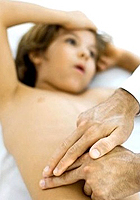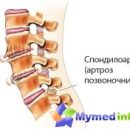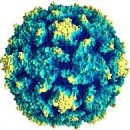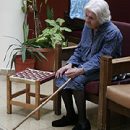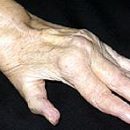What is osteomyelitis? How the disease occurs in children and adults? What studies are carried out in the diagnosis of osteomyelitis?
Content
What is osteomyelitis
Osteomyelitis - infectious inflammatory process affecting bone tissue and bone marrow. Signs of osteomyelitis were found from Egyptian mummies whose age is over 3000 years. This disease was known to the Greek Hippocratic Physician (OK. 460 - OK. 377 to N.NS.). In the modern era of antibiotics, the disease occurs infrequently, but its treatment is still a challenging task.
The main pathogens of acute osteomyelitis are staphylococci, but it can also cause other bacteria, rickettsia and some mushrooms.
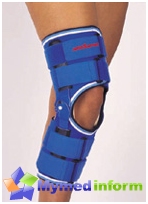 In infants and young children, hematogenous is more common («Blood generated») osteomyelitis. Microbes penetrate the blood from the focus of infection, for example, from an inflamed tooth, and are entered in the bone marrow channel of the long tubular bone or legs. Less often osteomyelitis is caused by the infection of soft tissues, which extends to the adjacent bone. Another reason for osteomyelitis may be an open fracture, in which the infection falls into the bone through a ribbon wound.
In infants and young children, hematogenous is more common («Blood generated») osteomyelitis. Microbes penetrate the blood from the focus of infection, for example, from an inflamed tooth, and are entered in the bone marrow channel of the long tubular bone or legs. Less often osteomyelitis is caused by the infection of soft tissues, which extends to the adjacent bone. Another reason for osteomyelitis may be an open fracture, in which the infection falls into the bone through a ribbon wound.
In children, the growing ends of the long tubular bones of the hands and feet are separated from the middle of the bone of the thin plate of growing cartilage and have a separate blood supply from other parts. Such an anatomical feature, as well as the spongy bone structure predispose to the development of pockets, where microbes can settle. Therefore, osteomyelitis in children is usually observed in the growing ends of long tubular bones.
As microorganisms begin to multiply, the bone tissue destruction with the formation of pus. Gradually, the amount of pus increases, and abscess is formed. The pressure inside the bone marrow channel increases, it squeezes blood vessels, blocking blood flow, and white blood cells and other agents necessary to combat infection, do not fall into the focus of inflammation; As a result, the microbes continue to freely share and infect new areas of the bone.
When the part of the bone is dying, it is surrounded by a scar cloth and turns away from the living bone. Tightened and dead piece of bone called sequestra. The remaining live part of the bone forms a shell of a new bone around dead. In chronic osteomyelitis, as the process repeats, you can observe several bone layers.
Diagnosis of osteomyelitis
The symptoms of osteomyelitis of long tubular bones in children include swelling and pain in the affected limb, fever, chills, increased sensitivity in the field of lesion. Sometimes pain makes young children keep the complete immobility of the limbs (pseudoparalich).
In adults, hematogenous osteomyelitis more often affects the spine or thigh, causing pain in the relevant area. Since there are many reasons for the occurrence of pain in these areas, to diagnose in adults is more difficult.
From laboratory studies with osteomyelitis, the most valuable determination of the erythrocyte sedimentation rate (ESO), which indicates the presence of a focus of inflammation in the body. X-ray study reveals insulated sections of destruction, on the radiograph they look like holes in the bone. To clarify the diagnosis, biopsy (taking a tissue sample) is often applied; It is also necessary for bacteriological research.
Modern osteomyelitis treatment includes surgical removal of infected tissue and long-term antibiotic therapy.



